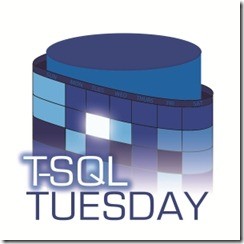Do Index Changes Remove Execution Plans from Cache?

- Impacted query plans are NOT removed from cache at the time you change an index. The next time the query is executed, it will be recompiled, and the new plan and related execution information will be placed in cache.
- This is true whether or not the index is used by the query.
- Even if the index is on columns in the table which are not referenced by the query, the query will recompile on the next run.
To see this in action, you can play along with this sample script.






